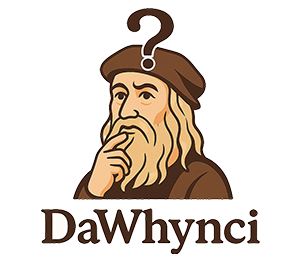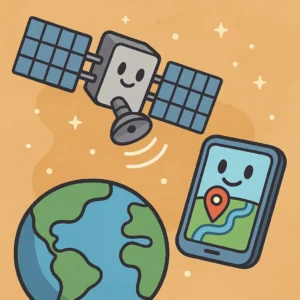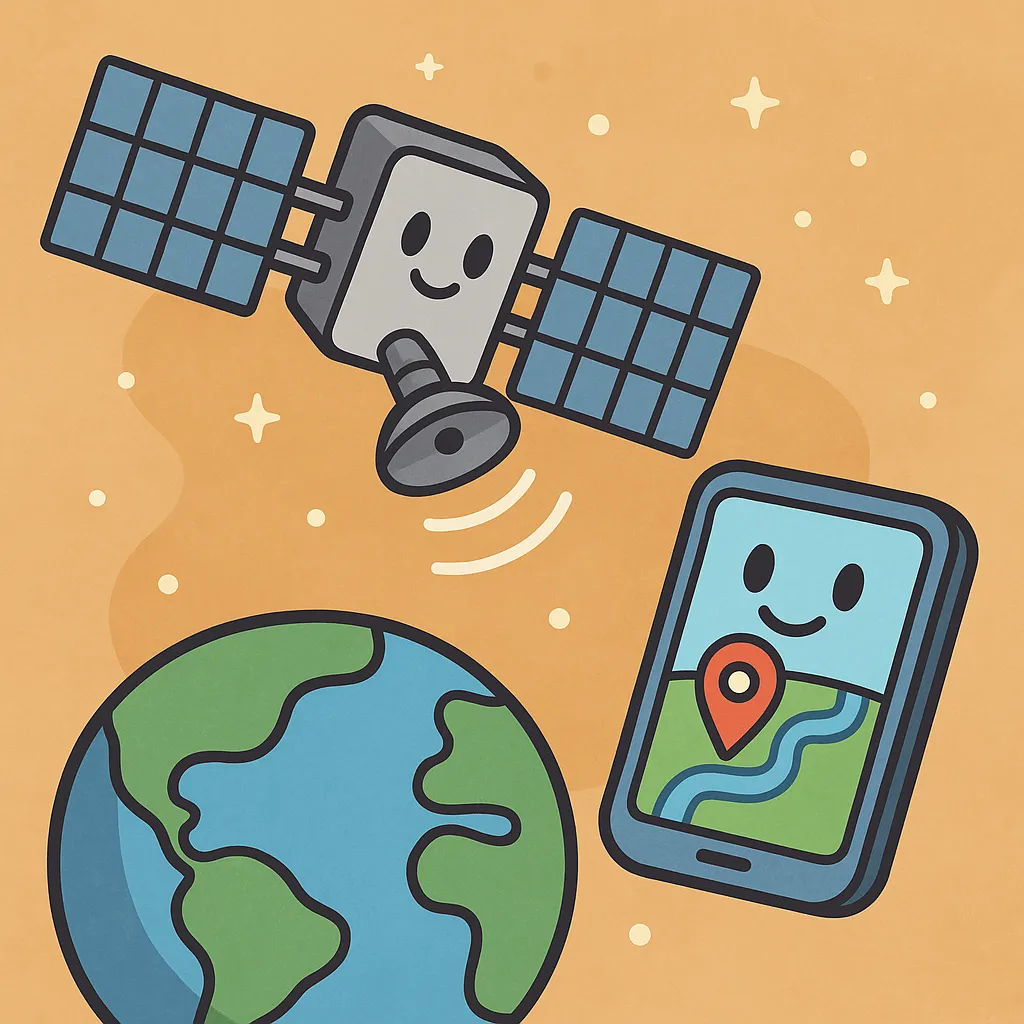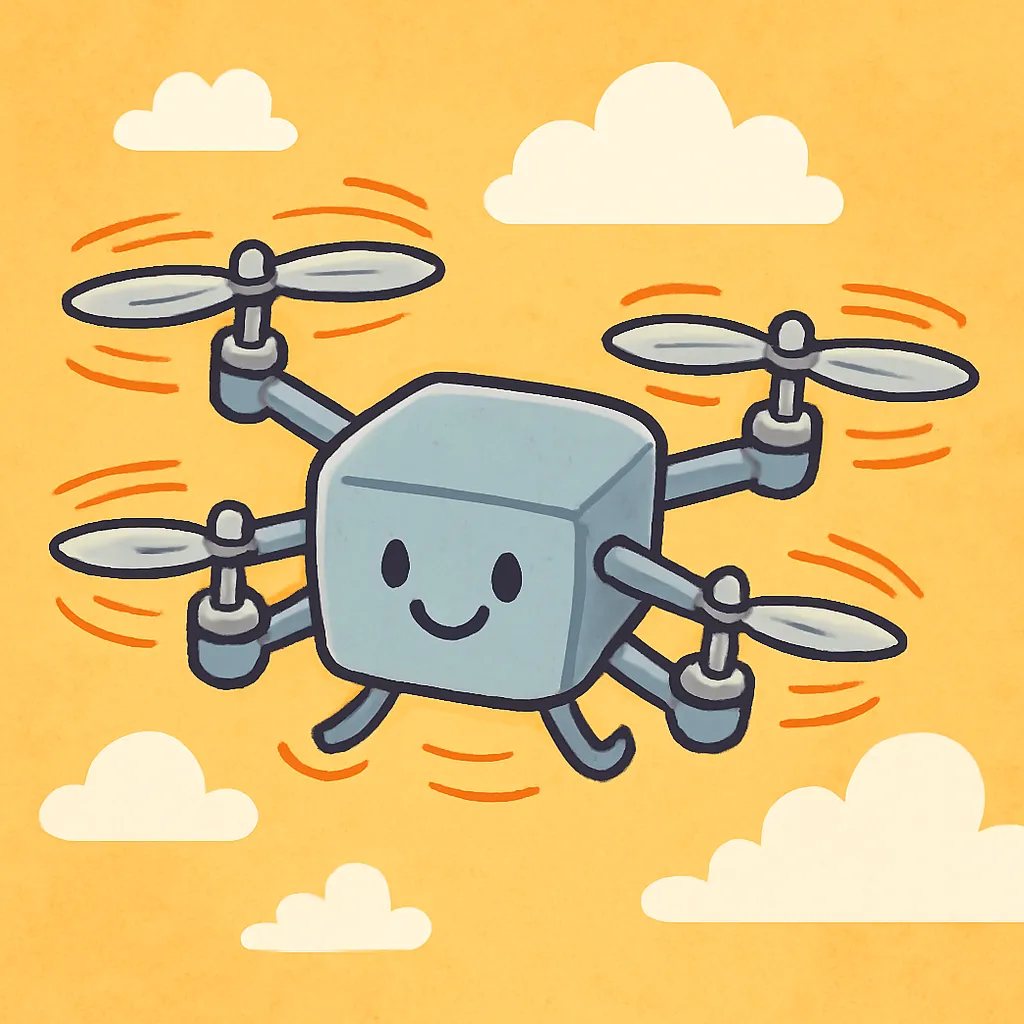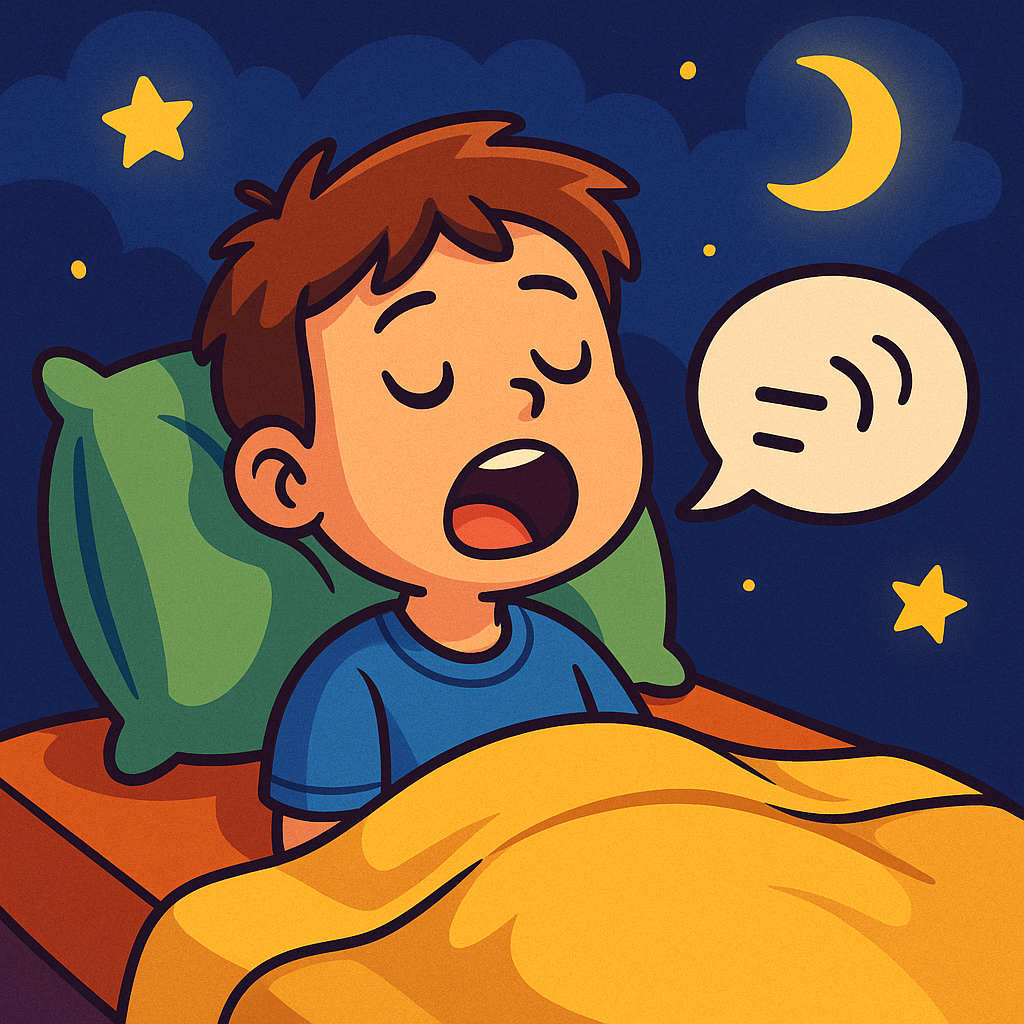Nature Was the First Timekeeper
Before mechanical clocks existed, people looked to nature to know the time. The sun was the biggest clue; its position in the sky told whether it was morning, noon, or evening. Sundials, which use a shadow cast by the sun, were an early invention to measure hours more precisely. At night, the moon and stars acted like a giant cosmic clock, helping people know the time and navigate.
People also noticed patterns in animals and daily life. Roosters crowed at dawn, flowers opened and closed at certain times, and tides came and went on a regular schedule. These natural signs helped communities stay in rhythm with the day.
Early Tools for Tracking Time
Ancient civilizations created clever tools to measure hours. Egyptians used water clocks, where water dripped from one container to another, marking the passage of time. Hourglasses, which used sand instead of water, became popular for timing shorter periods, like cooking or speeches. Candle clocks, marked with lines, could burn steadily to show time passing.
These methods weren’t as precise as modern clocks, but they worked well enough for farming, trading, and daily life. They also showed how creative humans can be when they want to keep track of the world around them.
FAQs
Q: When were mechanical clocks invented?
A: The first mechanical clocks appeared in Europe around the 1300s.
Q: Did all cultures tell time the same way?
A: No, different cultures used the tools and natural signs best suited to their environment.
🧠 Conspiracy Theory
Some say ancient people had secret time machines but hid them so no one would mess up history.
😅 Dad Joke
Why did the sundial get promoted?
Because it always made shadow decisions.
